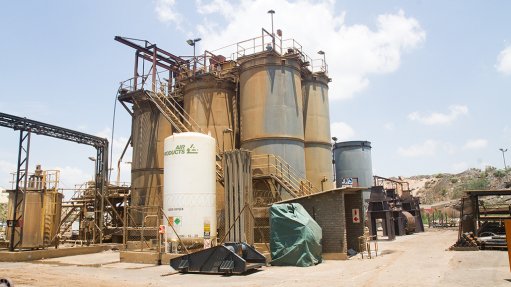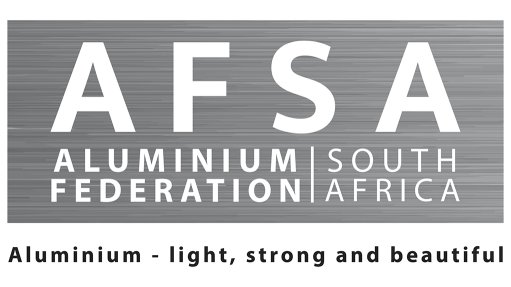Noncontact temperature measurement vital for cement industry
Industrial infrared sensors and systems for noncontact temperature measurement are vital to the cement industry and can be employed throughout a plant for process monitoring and predictive maintenance, says automation and control product sales and engineering services company R & C Instrumentation marketing manager Gerhard Otto.
Sensors for noncontact thermometry detect the energy radiated from the object and measure its temperature with high accuracy within a temperature range of –50 °C to 3 000 °C.
Several problems can shorten the life of a kiln during cement manufacturing. Early detection of hot or cold spots is essential to avoid costly maintenance or unplanned shutdowns, says Otto.
Continuous monitoring of the kiln shell along its length, for example, will provide the earliest possible indication of potential problem areas, while spot monitoring of the rotary burn zone temperature is crucial for maintaining product quality and kiln efficiency, he explains.
“With contact thermometers, there is a time lag for the actual heat to transfer from the object to the probe. Noncontact sensors detect temperature readings electronically and in a matter of milliseconds.”
A noncontact thermometer that R & C Instrumentation have been supplying is the Thermalert 4.0. Otto enthuses that it has been on the market for about three years and has performed well across industries, especially the cement industry.
While localised areas of cool temperatures in a kiln equate to high levels of coating or deposits, relatively higher temperatures indicate low coating and, hence, poor protection of the kiln shell.
“By monitoring how much the temperature changes and over what distances, it is even possible to identify the exact nature of the fault, be it a ring around the circumference of the kiln shell or an area of poor coating,” Otto explains.
The noncontact thermometers can be used from an optimal distance with high accuracy. Measuring temperature at a distance from the object means that the sensor can be located in a more acceptable environment with less heat, vibrations or interferences.
Further, ratio, or two-colour, pyrometers are special versions of noncontact temperature measurement instruments often used in harsh environments. The ratio of energy detected in two different narrow spectral bands is used to calculate the most accurate temperature, even through dust smoke and vapour.
Mounted in a water-cooled rugged thermojacket, the sensor can be used in high ambient temperatures, making it ideal for measuring clinker temperature in the sinter zone of a kiln, he concludes.
Article Enquiry
Email Article
Save Article
Feedback
To advertise email advertising@creamermedia.co.za or click here
Announcements
What's On
Subscribe to improve your user experience...
Option 1 (equivalent of R125 a month):
Receive a weekly copy of Creamer Media's Engineering News & Mining Weekly magazine
(print copy for those in South Africa and e-magazine for those outside of South Africa)
Receive daily email newsletters
Access to full search results
Access archive of magazine back copies
Access to Projects in Progress
Access to ONE Research Report of your choice in PDF format
Option 2 (equivalent of R375 a month):
All benefits from Option 1
PLUS
Access to Creamer Media's Research Channel Africa for ALL Research Reports, in PDF format, on various industrial and mining sectors
including Electricity; Water; Energy Transition; Hydrogen; Roads, Rail and Ports; Coal; Gold; Platinum; Battery Metals; etc.
Already a subscriber?
Forgotten your password?
Receive weekly copy of Creamer Media's Engineering News & Mining Weekly magazine (print copy for those in South Africa and e-magazine for those outside of South Africa)
➕
Recieve daily email newsletters
➕
Access to full search results
➕
Access archive of magazine back copies
➕
Access to Projects in Progress
➕
Access to ONE Research Report of your choice in PDF format
RESEARCH CHANNEL AFRICA
R4500 (equivalent of R375 a month)
SUBSCRIBEAll benefits from Option 1
➕
Access to Creamer Media's Research Channel Africa for ALL Research Reports on various industrial and mining sectors, in PDF format, including on:
Electricity
➕
Water
➕
Energy Transition
➕
Hydrogen
➕
Roads, Rail and Ports
➕
Coal
➕
Gold
➕
Platinum
➕
Battery Metals
➕
etc.
Receive all benefits from Option 1 or Option 2 delivered to numerous people at your company
➕
Multiple User names and Passwords for simultaneous log-ins
➕
Intranet integration access to all in your organisation


















